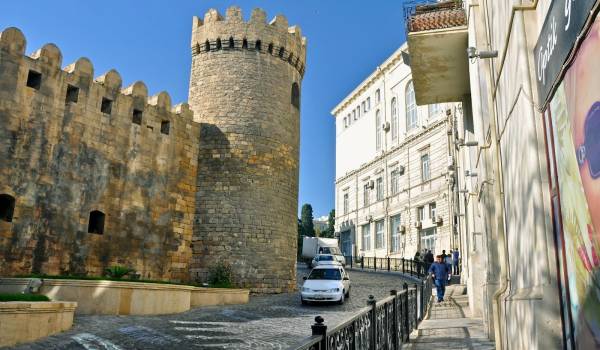
History of Baku
In ancient times, the region was ruled by various empires, including Caucasian Albania, the Sasanian Empire and the Roman Empire.
Located in the western part of Azerbaijan, the Goygol region has a rich and diverse history spanning centuries. Archaeological finds in the area indicate that people have been here since the Paleolithic period. Petroglyphs discovered in the mountains date back to the Bronze Age and depict hunting, fishing and ritual practices.
In ancient times, the region was ruled by various empires, including Caucasian Albania, the Sasanian Empire and the Roman Empire. Ruins of ancient settlements, fortresses and temples have been discovered in the area, which indicate a developed culture and trade at that time.
In the Middle Ages, the Goygol region was part of various feudal states, such as the Shirvan, Sheki and Karabakh Khanates. The area followed the Silk
Road route, one of the most important trade routes between Europe and Asia. Travelers and merchants stopped here to rest and replenish their supplies. The area consists of numerous religious monuments such as mosques, churches and monasteries, reflecting the rich cultural heritage of the region.
In 1819, the German colony of Elenendorf (modern Goygol city) was established in the area, which was founded by German settlers from the Kingdom of Württemberg. The colonists made a great contribution to the development of agriculture and crafts in the region.
In the 20th century, the Goygol region witnessed many historical events, such as the First World War, the 1917 revolution, and the Karabakh war.
During the Soviet period, the Goygol region became one of the important agricultural centers of Azerbaijan. Cereals, fruits, and vegetables were grown here, and livestock breeding was developing.
After Azerbaijan gained independence in 1991, the Goygol region continues to develop as an agricultural region with great tourism potential.
The Goygol region is a place where history meets modernity. The rich cultural heritage of the region is reflected in its architectural monuments, museums, and customs and traditions.